Butter is rich in nutrients, including vitamins A, D, E, and K, as well as fatty acids, which are essential for good health. It also contains cholesterol and saturated fats, which can increase the risk of heart disease and other health problems if consumed in excess.
Overall, butter is a delicious and versatile ingredient that can add flavor and richness to a wide range of dishes. However, it should be consumed in moderation as part of a balanced diet to avoid potential health risks.
Table of Contents
Health Benefits of Eating Butter:
While butter is often associated with high levels of saturated fat and cholesterol, it also contains several nutrients and can offer some health benefits when consumed in moderation. Here are some potential health benefits of eating butter:
- Rich in Vitamins: Butter is a good source of vitamins A, D, E, and K, all of which are essential for good health. These vitamins play a role in everything from vision and bone health to immune function and blood clotting.
- Healthy Fats: Despite its reputation for being high in saturated fat, butter also contains healthy monounsaturated and polyunsaturated fats. These fats can help reduce inflammation and lower the risk of heart disease when consumed as part of a balanced diet.
- Supports Brain Health: The fats in butter, including omega-3 and omega-6 fatty acids, can help support brain function and improve cognitive performance.
- Improves Digestion: Butter contains butyric acid, a type of short-chain fatty acid that can help improve digestion and reduce inflammation in the gut.
- Enhances Flavor: Butter can add rich, delicious flavor to a variety of dishes, making it an enjoyable addition to many meals.
It's important to note that these potential health benefits only apply to moderate consumption of butter, as excessive consumption of saturated fats can increase the risk of heart disease and other health problems. Therefore, it's recommended to consume butter in moderation as part of a balanced diet.
Different Types of Butter:
There are many different types of butter available, each with its own unique flavor, texture, and culinary uses. Here are some of the most common types of butter:
- Salted Butter: This is the most common type of butter, and it contains salt to enhance its flavor and improve its shelf life.
- Unsalted Butter: This type of butter doesn't contain any added salt, making it a versatile ingredient that can be used in both sweet and savory dishes.
- Clarified Butter: Also known as "ghee," clarified butter is made by removing the milk solids from melted butter. It has a nutty flavor and a higher smoke point, making it a popular choice for sautéing and frying.
- Cultured Butter: This type of butter is made by adding live cultures to the cream before churning. This fermentation process gives the butter a tangy flavor and a slightly softer texture.
- European Butter: This type of butter is made from cream that has a higher fat content than American butter, giving it a richer, creamier texture and flavor.
- Grass-fed Butter: This type of butter is made from milk produced by cows that have been fed a diet of grass, rather than grain. Grass-fed butter is higher in nutrients and has a richer flavor than butter made from grain-fed cows.
- Flavored Butter: This type of butter is made by adding herbs, spices, or other flavorings to softened butter. It can be used as a spread or as an ingredient in cooking and baking.
Overall, the type of butter you choose will depend on your personal preferences and the culinary uses you have in mind. Whether you opt for salted or unsalted, European or grass-fed, butter can add rich, delicious flavor to a wide variety of dishes.
How to Store and Use Butter:
Storing and using butter properly can help to ensure its freshness and flavor. Here are some tips on how to store and use butter:
- Storage: Butter should be stored in an airtight container or wrapped tightly in plastic wrap or foil to prevent it from picking up any off-flavors or odors from other foods in the refrigerator. It should be kept in the coldest part of the refrigerator, ideally in the butter compartment or on the top shelf. Butter can also be stored in the freezer for up to six months.
- Softening: For baking and cooking, butter should be softened at room temperature before use. This can be done by leaving it out on the counter for a few hours, or by using a microwave to soften it in short bursts.
- Measuring: When measuring butter for a recipe, it's important to use the correct amount. One stick of butter typically equals 1/2 cup or 8 tablespoons.
- Cooking: Butter can be used for sautéing, frying, baking, and more. It's important to watch the heat when cooking with butter, as it has a low smoke point and can burn easily. Clarified butter or ghee can be used for high-heat cooking.
- Spreading: For spreading on toast or bread, butter should be softened at room temperature. If you prefer cold butter, you can use a butter dish with a lid to keep it fresh and spreadable.
Overall, butter is a versatile ingredient that can be used in a wide variety of dishes. By storing and using it properly, you can ensure that it stays fresh and flavorful, adding rich, delicious flavor to your meals and baked goods.
Quick & Easy Ways to Add Butter to Your Meals:
Butter can be a delicious addition to many meals, whether you're looking to add flavor, richness, or a touch of indulgence. Here are some quick and easy ways to add butter to your meals:
- Melted Butter: Melted butter can be used to add richness and flavor to a variety of dishes, such as cooked vegetables, grilled meats, or baked potatoes.
- Compound Butter: Compound butter is made by mixing softened butter with herbs, spices, or other flavorings. It can be used as a spread or added to cooked dishes for an extra burst of flavor.
- Pan Sauce: After cooking meat or vegetables in a pan, you can add a pat of butter to the pan along with some broth or wine to create a rich and flavorful sauce.
- Toast Topping: A simple way to enjoy butter is by spreading it on toast or bread. You can also add other toppings, such as cinnamon sugar, honey, or jam, for extra flavor.
- Baked Goods: Butter is a key ingredient in many baked goods, such as cakes, cookies, and pastries. Adding a little extra butter to your favorite recipe can give it an extra boost of richness and flavor.
- Popcorn Topping: Melted butter is a classic topping for popcorn, adding a savory, buttery flavor to this classic snack.
Overall, there are many quick and easy ways to add butter to your meals, whether you're looking to enhance the flavor of a dish or add a touch of indulgence. By experimenting with different uses and flavor combinations, you can discover new ways to enjoy this delicious ingredient.

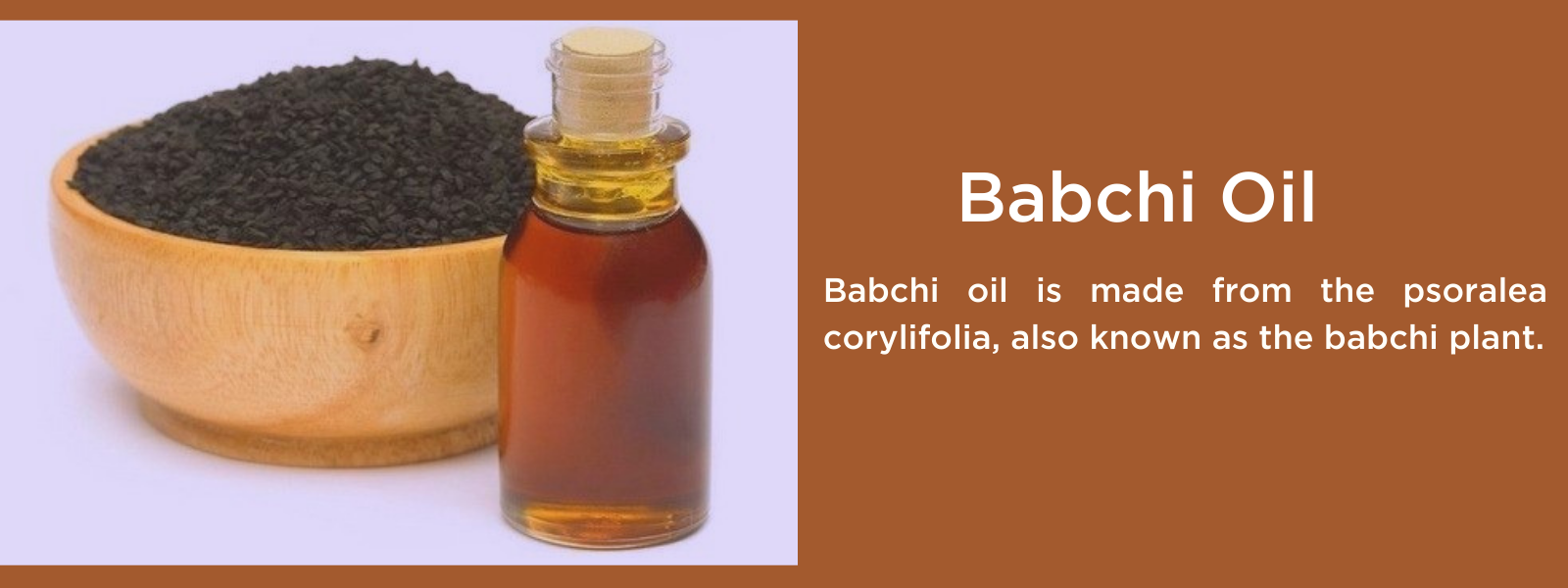
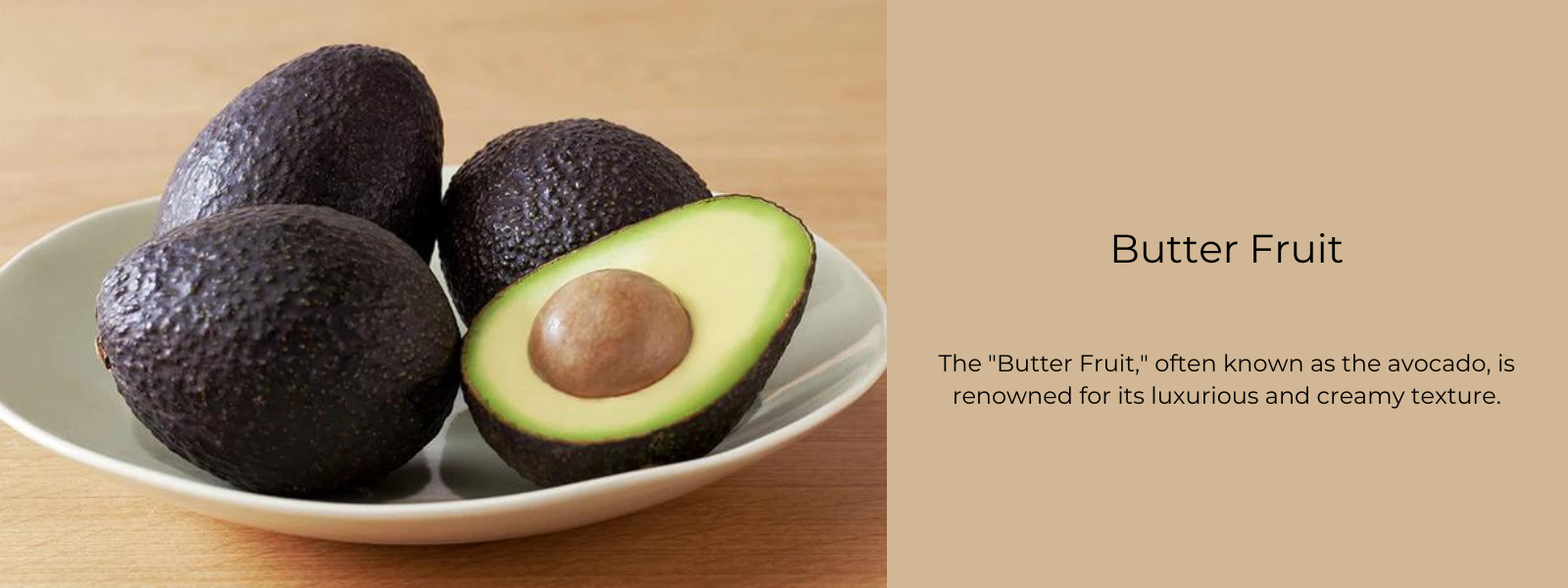
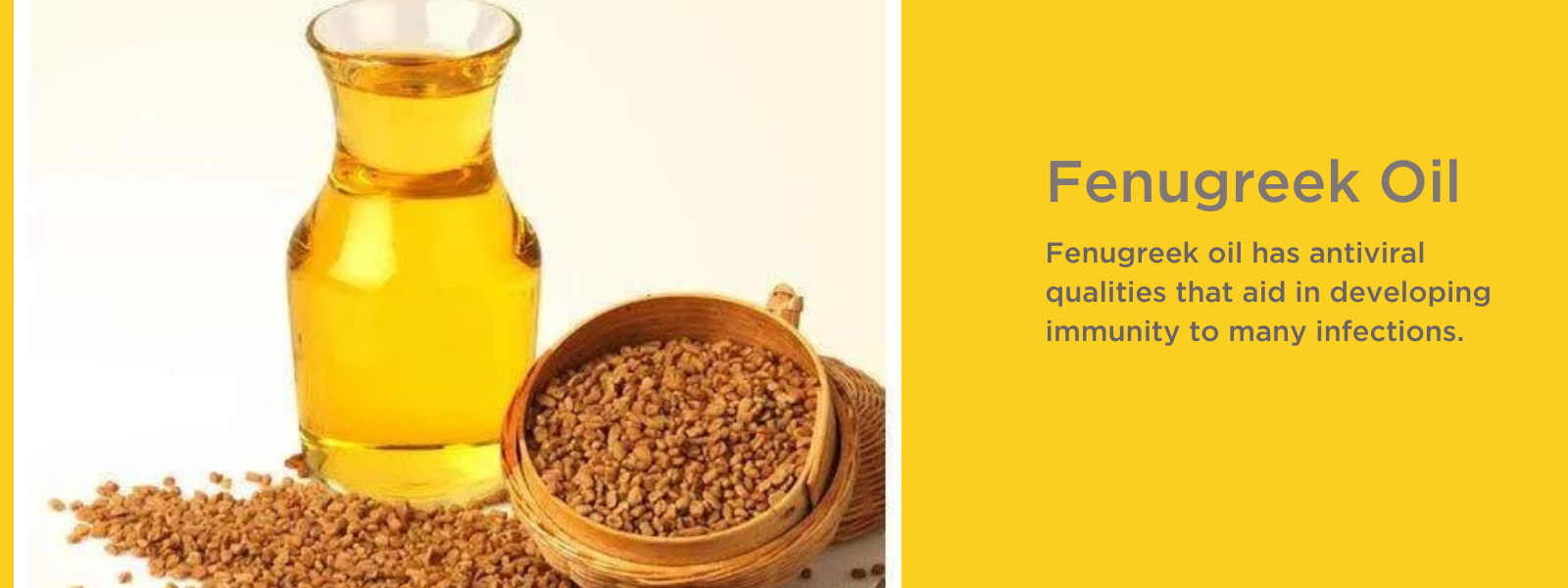
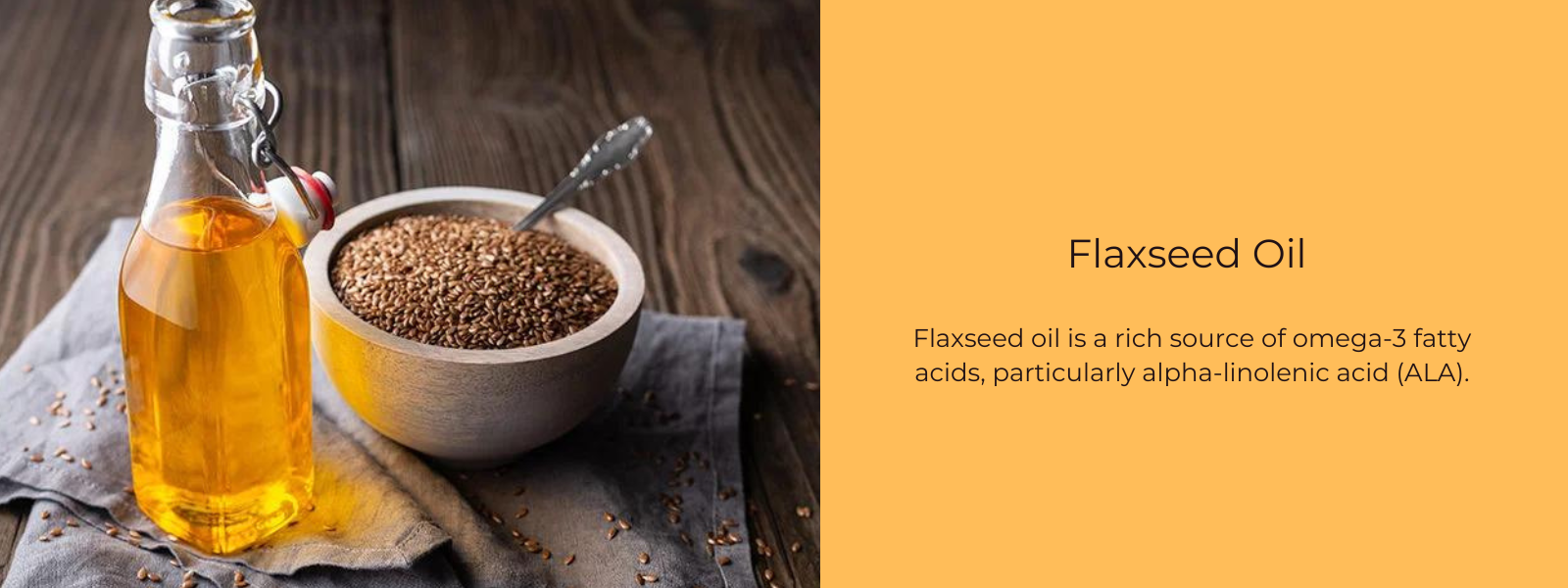
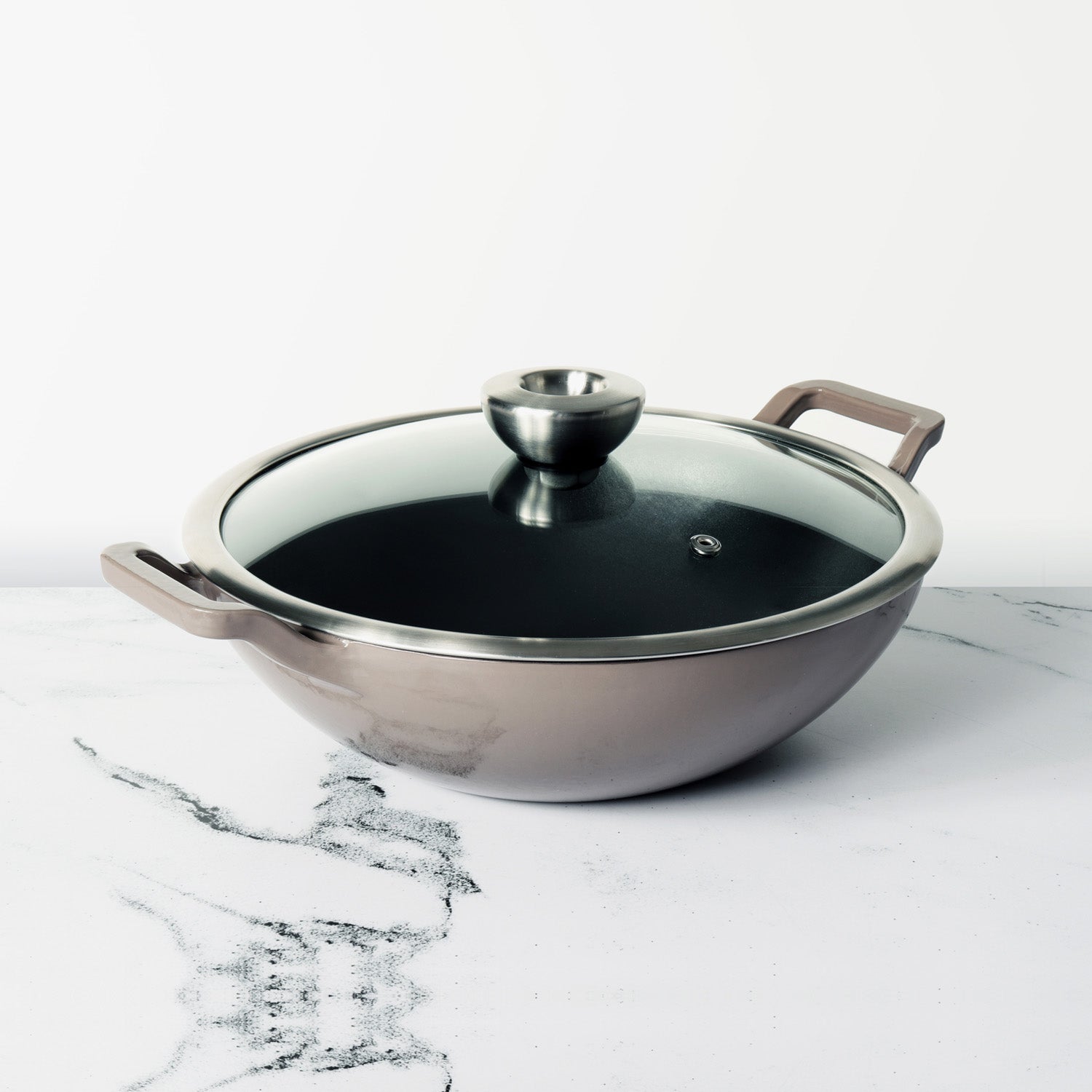
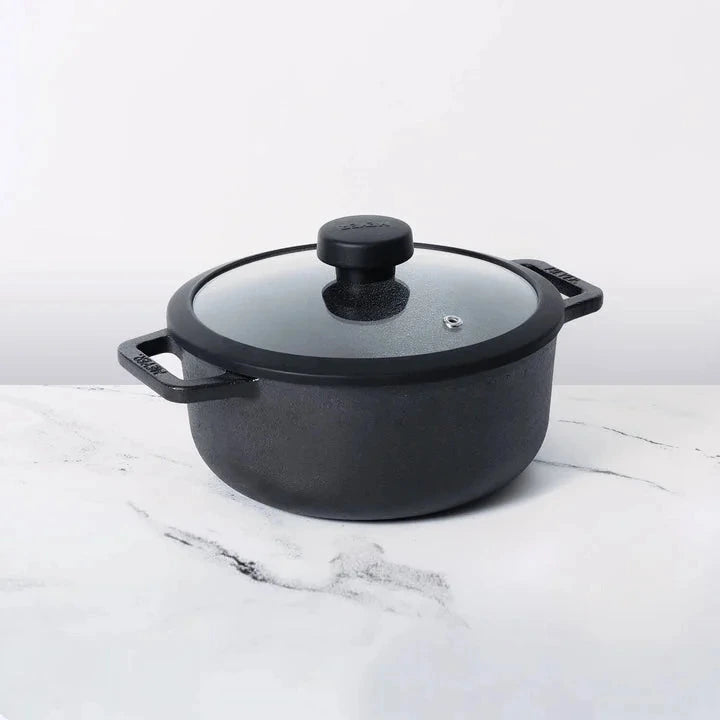




Leave a comment